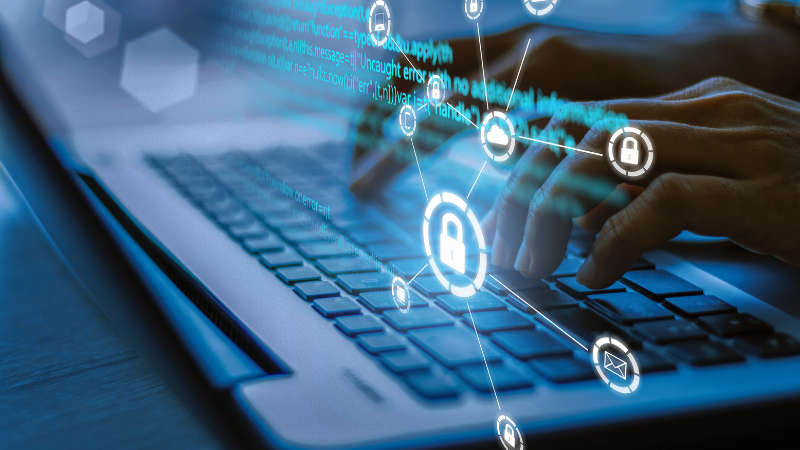In today’s digital landscape, secure access to sensitive data, applications, and networks is paramount for government and military entities. The rise of remote work has intensified security breaches, putting government endpoints at greater risk. As we explore this challenge, it’s essential to understand how IT experts can deliver an exceptional user experience while ensuring robust security and control, especially in a climate of budget constraints.
The Challenge of Securing Endpoints
Government and military organizations increasingly adopt multi-cloud, multi-workspace solutions governed by protocols. This complexity leads to operational silos that are time-consuming to manage, especially for IT teams with limited resources. Additionally, ensuring that both cloud environments and endpoint devices are secure and compliant is crucial, whether users are in the office, at home, or in the field.
7 Ways IT Leaders Can Ensure Exceptional User Experience and Robust Endpoint Security:
1. Ultra-Secure Operating System
An endpoint operating system (OS) that is immutable, zero-trust, and based on Linux, can thwart 95% of new malware threats targeting Windows devices. With no local data storage and full disk encryption, alternative OS’s ensure maximum security for sensitive information.
2. Compatibility with Cloud Solutions
Seamlessly integrating with any Cloud workspace or DaaS/VDI solution enables employees to work from anywhere while keeping their data off the physical endpoint. Virtual Desktop Infrastructure providers like Omnissa, Citrix, Microsoft, and Amazon enable day-one updates for integrated third-party clients, allowing government IT teams to tailor user experiences based on role and access needs.
3. Enhanced Identity and Access Control
Multi-factor authentication (MFA) and Single Sign-On (SSO) capabilities provide secure, efficient access across classified and non-classified networks, ensuring that only authorized personnel can reach sensitive resources.
4. Simplified Deployment and Management
The capability to quickly deploy and centrally manage any endpoint from anywhere enables government and military personnel to access networks securely whether in an office or at home. This alleviates the endpoint management burden on IT teams while ensuring top-tier security and monitoring.
5. Support for Unified Communications
For organizations who need communication platforms like Microsoft Teams, Zoom, and Webex, users can seamlessly communicate and collaborate from anywhere on their read-only endpoints
6. Extensive Technology Partnerships
Look for endpoint security solutions that collaborate with other leading technology firms to ensure your users benefit from the latest updates and integrations, optimizing their operational efficiency.
7. Government Compliance and Support
Another top priority is ensuring that the vendor is a GSA-listed vendor with U.S.-based development and support, ensuring compliance with government regulations while providing 24/7 IT support.
Optimizing Budgets Through Standardization
Budget constraints often hinder hardware upgrades in government and military sectors. Allowing organizations to repurpose existing x86 hardware, including PCs and thin clients, creating a standardized network with a uniform operating system. This transition not only streamlines endpoint management but also minimizes the total cost of ownership (TCO).
A centralized infrastructure is easier to manage, allowing IT teams to operate more efficiently with fewer resources. Flexible licensing models further enhance cost savings.
Conclusion
Government and military IT teams face unique challenges in securing their environments. To navigate these complexities, a secure, user-friendly solution is essential. It ensures that sensitive data remains protected from cyber threats while providing an optimal user experience. By repurposing existing hardware and standardizing endpoints, organizations can achieve compliance, reduce costs, and enhance productivity—empowering users no matter where they are.

